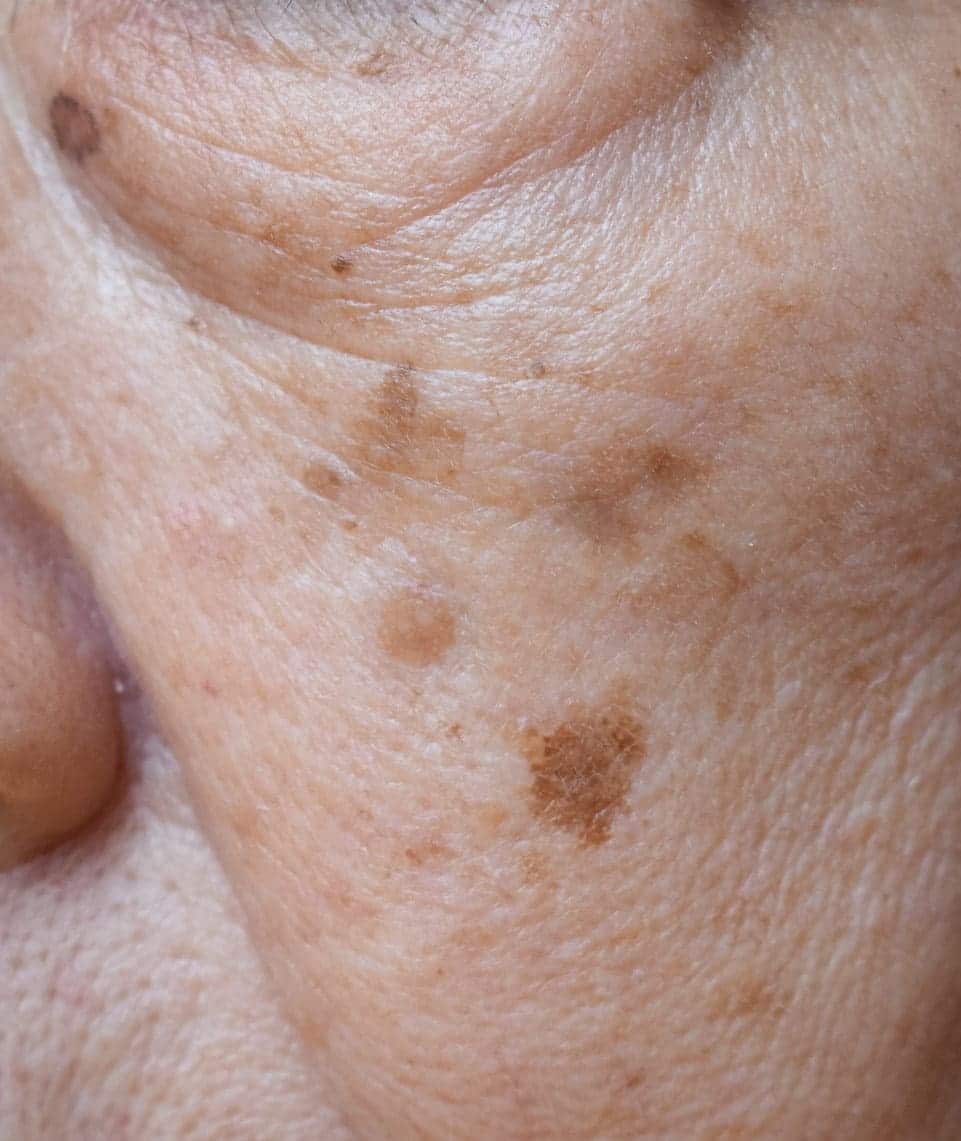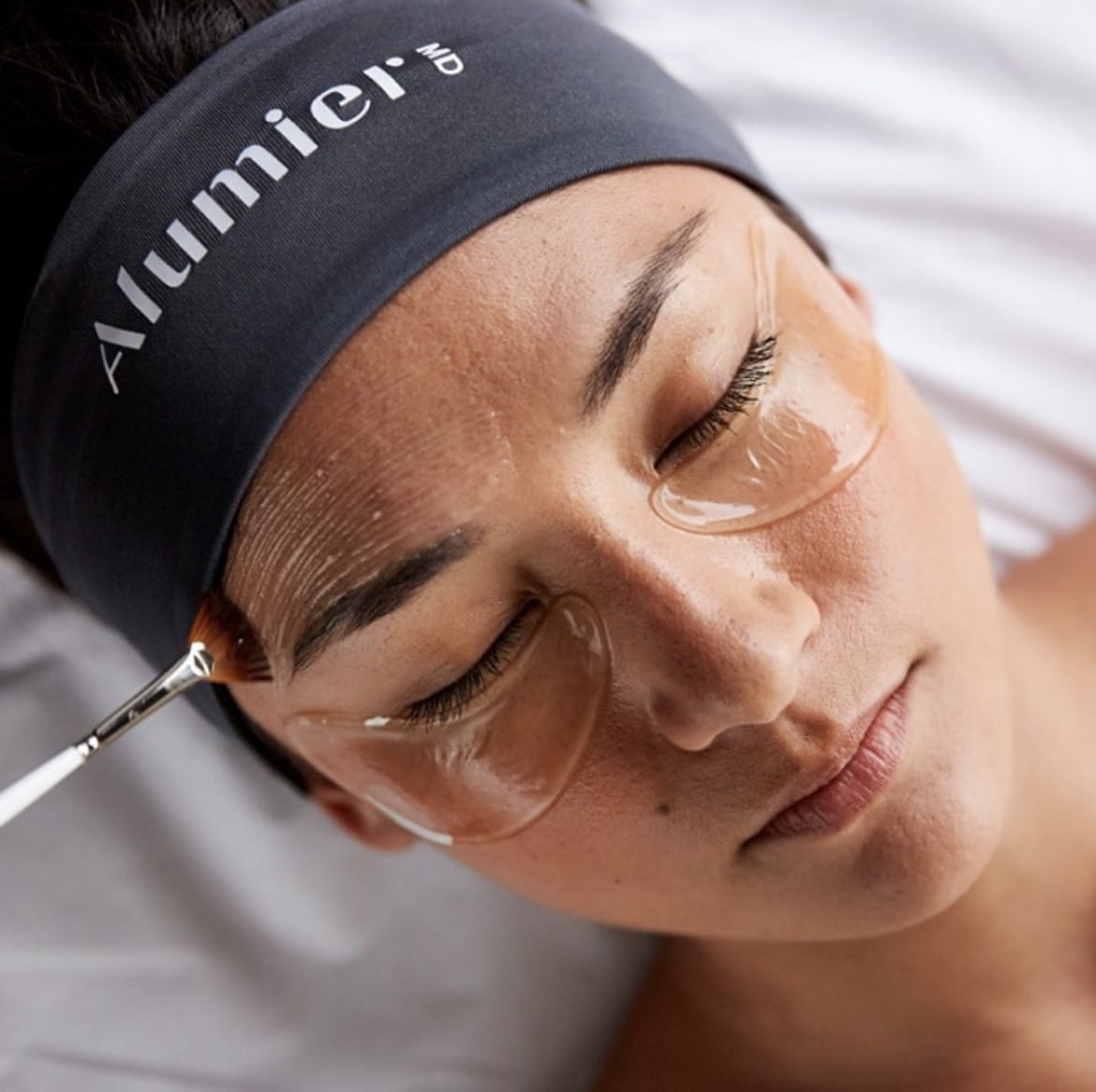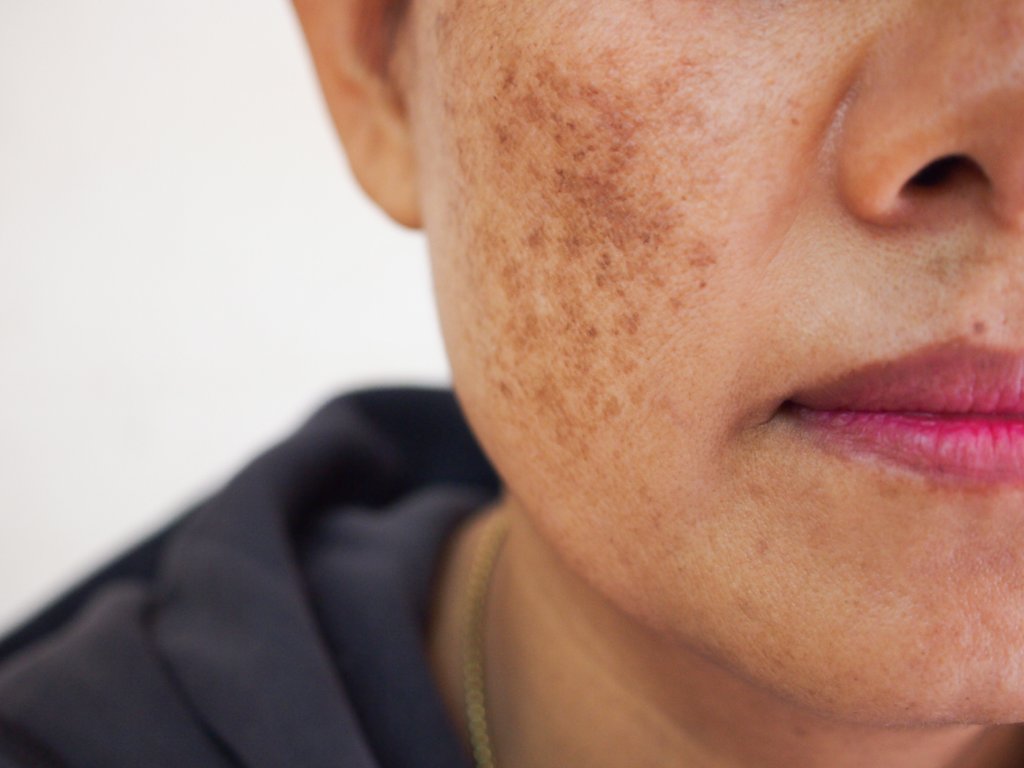HIFU The Best Facelift Right now
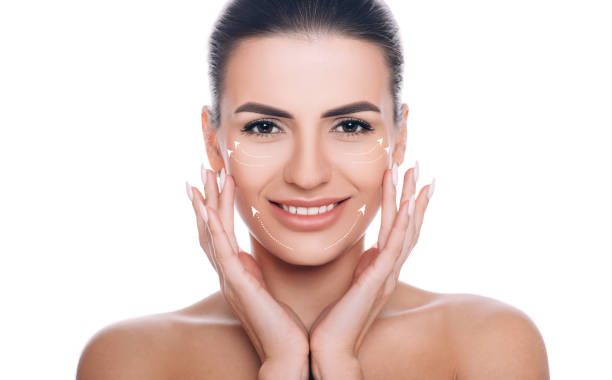
Is HIFU Really The Best Facelift Right Now?
'Practitioner, the HIFU facelift that I did was so painful, I don’t want to do it again!'
5 years ago when RT Aesthetics first started doing HIFU, this was a common feedback from our clients who did HIFU (high intensity focused ultrasound) for facelifts.
And it was true.
HIFU used to be painful. Ask anyone who has done Ulthera (a popular and effective HIFU equivalent from USA) back in the days, and some of them might tell you it was rather painful.
Thankfully, HIFU has improved so much over the last 4 - 5 years, it is now much more comfortable than it ever was before. Here at RT Aesthetics we use the latest MED: HIFU Ultra treatment, although there is another older treatment - 4D HIFU Treatment.
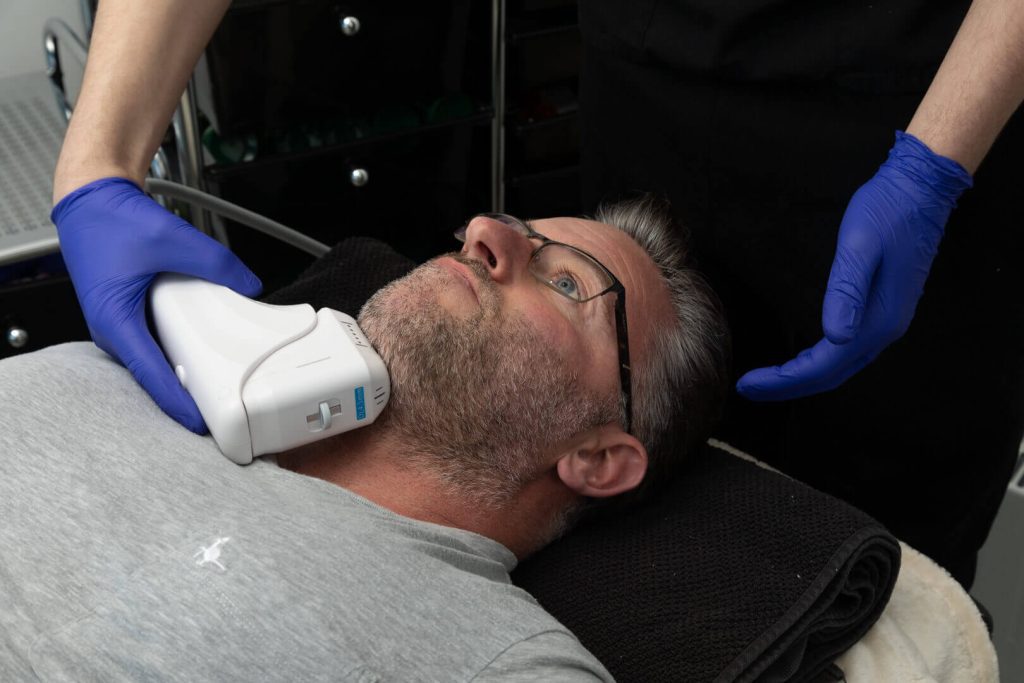
So Why Was HIFU Painful
Short answer: It was new and the technology hadn't been used on the face, it was first designed for prostate cancer. Although they seen how effective it was for tightening the skin it was then approved and used for face, neck and decolletage.
However, the alternatives of a facelift are invasive and a lot more painful.
For anti-aging facelifts, the treatment aim is to restore skin firmness and elasticity. Ageing causes loss of collagen and skin on the face to become saggy and lax, and this is the main problem we want to address.
Facelift Options
So lets look at the different options to give you your youth back in your face...
1). Surgical Face Lifts (Most Invasive)
A surgical facelift is the most invasive type of facelift treatment. This has to be done by a trained and experienced plastic surgeon. This is with no doubt the most effective treatment for tightening the face and neck.
A facelift (rhytidectomy) is cosmetic surgery to lift up and pull back the skin to make the face tighter and smoother. The procedure is designed to reduce flabby or sagging skin around the lower half of the face (mainly the jowls) and neck.
Although it often has superior results compared to thread-lifts and HIFU, they are very expensive and come with standard surgical risks and possible complications. Most clients do not enjoy being sliced by a scalpel too and the long downtime. If you're thinking of going ahead, be absolutely sure about your reasons for wanting a facelift and do not rush into it. The procedure can be expensive, the results cannot be guaranteed, and there are risks.
Not mainstream choice and expect to pay anything from a few thousand pounds for a mini facelift to £10,000 for a face and neck lift.
2). Thread-lift Facelifts (Invasive)
A thread lift is a less invasive treatment that rejuvenates the face and neck. It uses specialised surgical threads to lift and regenerate sagging skin on the mid-face, jowls and neck, giving a tighter, more youthful appearance.
This is done via insertion of a series of surgical threads in the face, for example, PDO threads that will dissolve with time. It works by physically lifting the skin on the face and stimulating collagen synthesis with the threads. Downtime from swelling and bruising over the next few days is common. Haematoma (big blood clot and bruise) and infection are possible complications too with this treatment. It is important that you know the full risks of the treatment and that you go to an approved surgeon with good reviews.
Thread lift procedures aren't as dramatically effective as facelifts, and studies on their long-term efficacy are lacking. Results from a thread lift last from 1 to 3 years. For best results, surgeons recommend combining a thread lift with other kinds of anti-aging procedures, such as ultherapy or MED: HIFU.
The cost of a Silhouette Soft Thread lift starts from £2,500. The cost of a PDO Thread Lift starts from £399.
3). HIFU Facelifts (Non Invasive)
HIFU delivers high intensity focused ultrasound energy into the deep layers of the skin. They are used at 3 different depths within the face, 1.5mm, 3.0mm and 4.5mm. HIFU is great for targeting the SMAS tissue (superficial musculo-aponeurotic system) of the face, to cause focal points of contraction for facelift results. In fact, this SMAS tissue is also the same tissue that is targeted during conventional surgical face lift.
High-intensity focused ultrasound (HIFU) is a relatively new cosmetic treatment for skin tightening that some consider a non-invasive, non-surgical and painless replacement for face lifts. The HIFU non-surgical facelift treatment uses ultrasound energy to encourage the production of collagen, which results in firmer, tighter skin.
HIFU is most widely known for its use in treating cancer tumours, although it was reported how effective the ultrasound energy can be for tightening the skin. The first reported HIFU facelift treatment for aesthetic use was in 2008.
HIFU therapy for face was approved by the Food and Drug Administration (FDA) in 2009 for brow lifts. The device was also cleared by the FDA in 2014 to improve lines and wrinkles of the upper chest and neckline (décolletage). HIFU neck and face lift treatment has shown to be both popular and effective treatment across the UK with many celebrities trying the treatment for themselves.
Surely HIFU can’t be that good right?
Actually, HIFU is an excellent choice for a facelift, results are visible and long-lasting.
However, HIFU results are not immediate and take 3 - 6 months to fully develop. When clinics push HIFU as the facelift treatment to go, some conveniently neglect to mention that HIFU can take up to 3 or 6 months to see results.
If you want immediate results yet can tolerate several needles going into your face, thread-lifting is a better choice over HIFU. Although please note that they do come with more serious side efeects than HIFU and results do not last as long.
The reason why HIFU takes a longer time to see results is because it penetrates deep into the skin layers to tighten and to stimulate natural production of collagen. This means that HIFU results, though gradual, will look very natural and can be very long-lasting. Even the wearing off of results is gradual near 12 - 18 months. If you ever hear anyone telling you that results are fast with HIFU, don’t be fooled as it is not true.
If you are willing to wait a little while to see good facelift results with no needles, no downtime and almost no side effects, I highly recommend MED: HIFU Ultra as the first choice for facelifts.
Facelift Options Comparison
| Surgical Facelift (Most Invasive) |
Main Pros
|
Main Cons
|
Duration of results
|
| Thread-lifts (Still Invasive) | Main Pros
|
Main Cons
|
Duration of results
|
| MED: HIFU (Non Invasive) |
Main Pros
|
Main Cons
|
Duration of results
|




